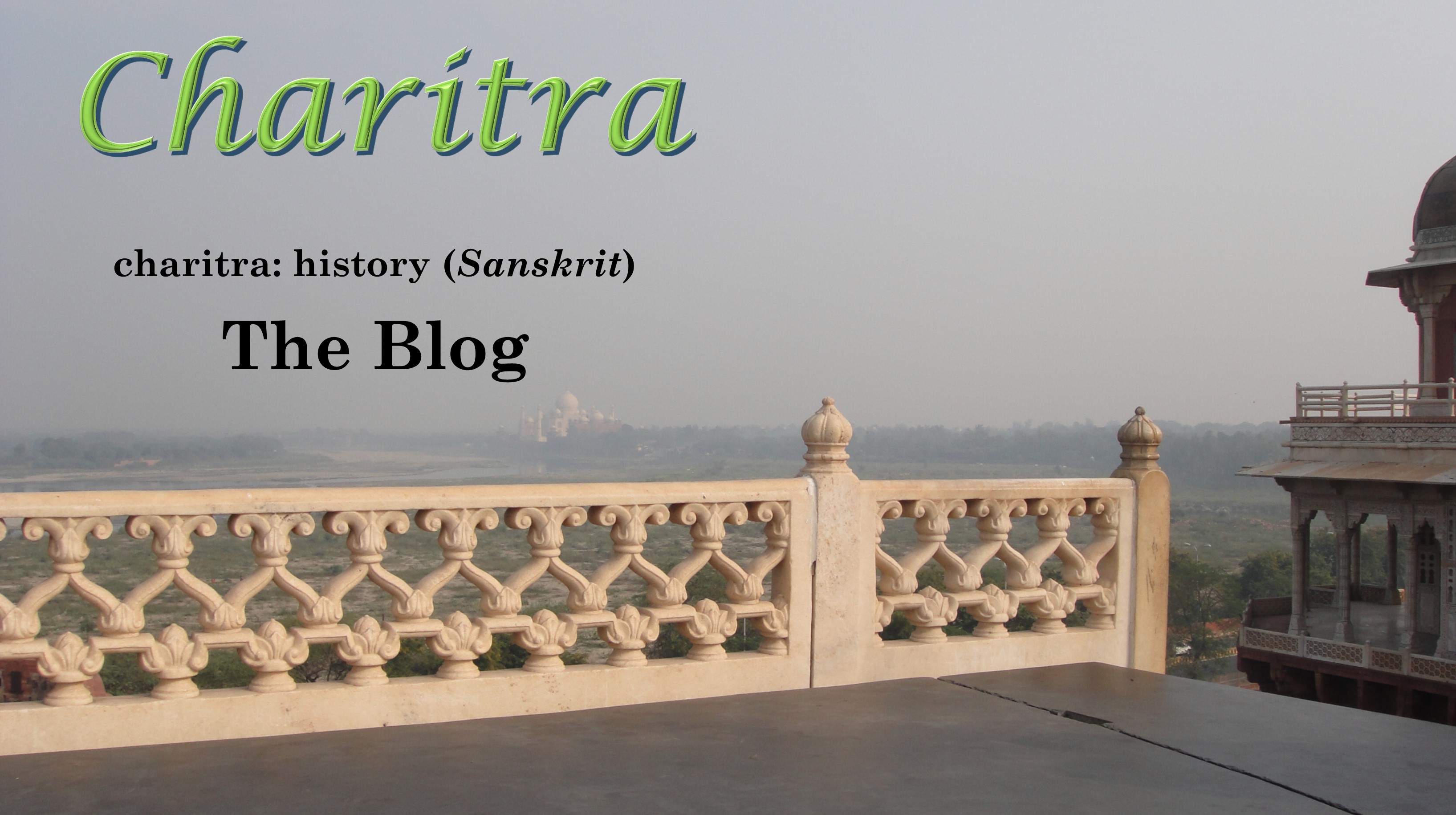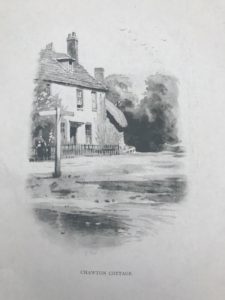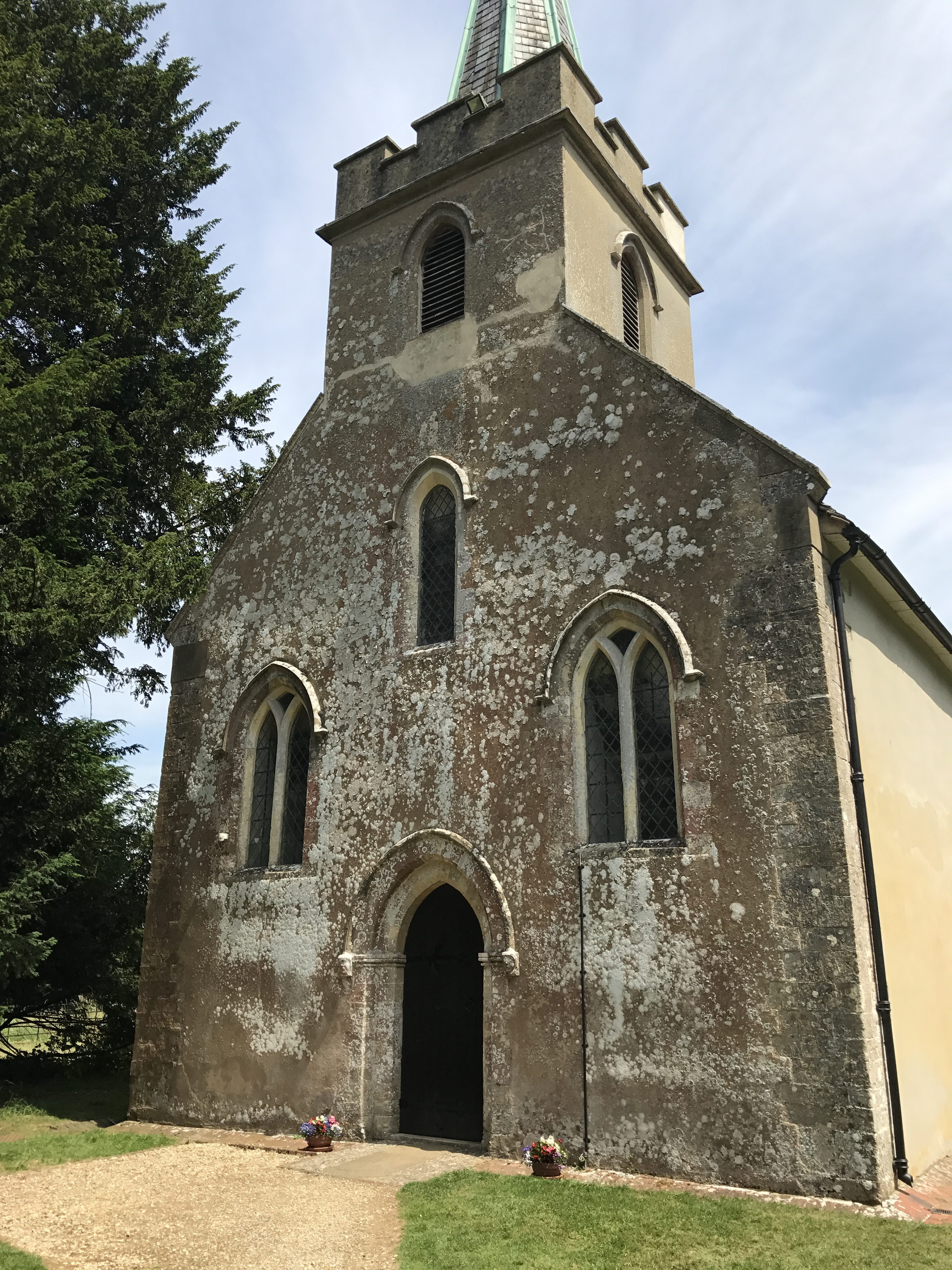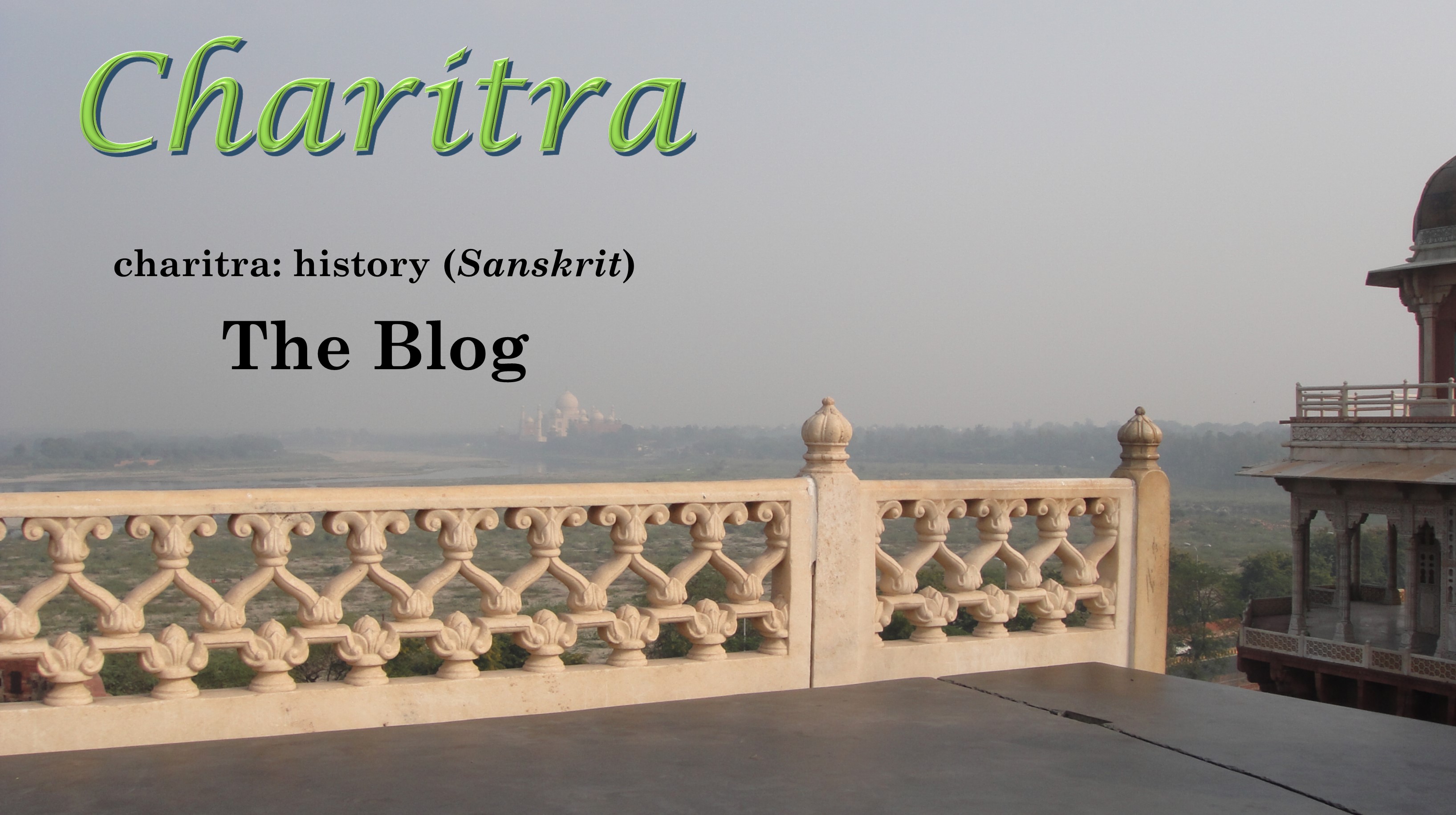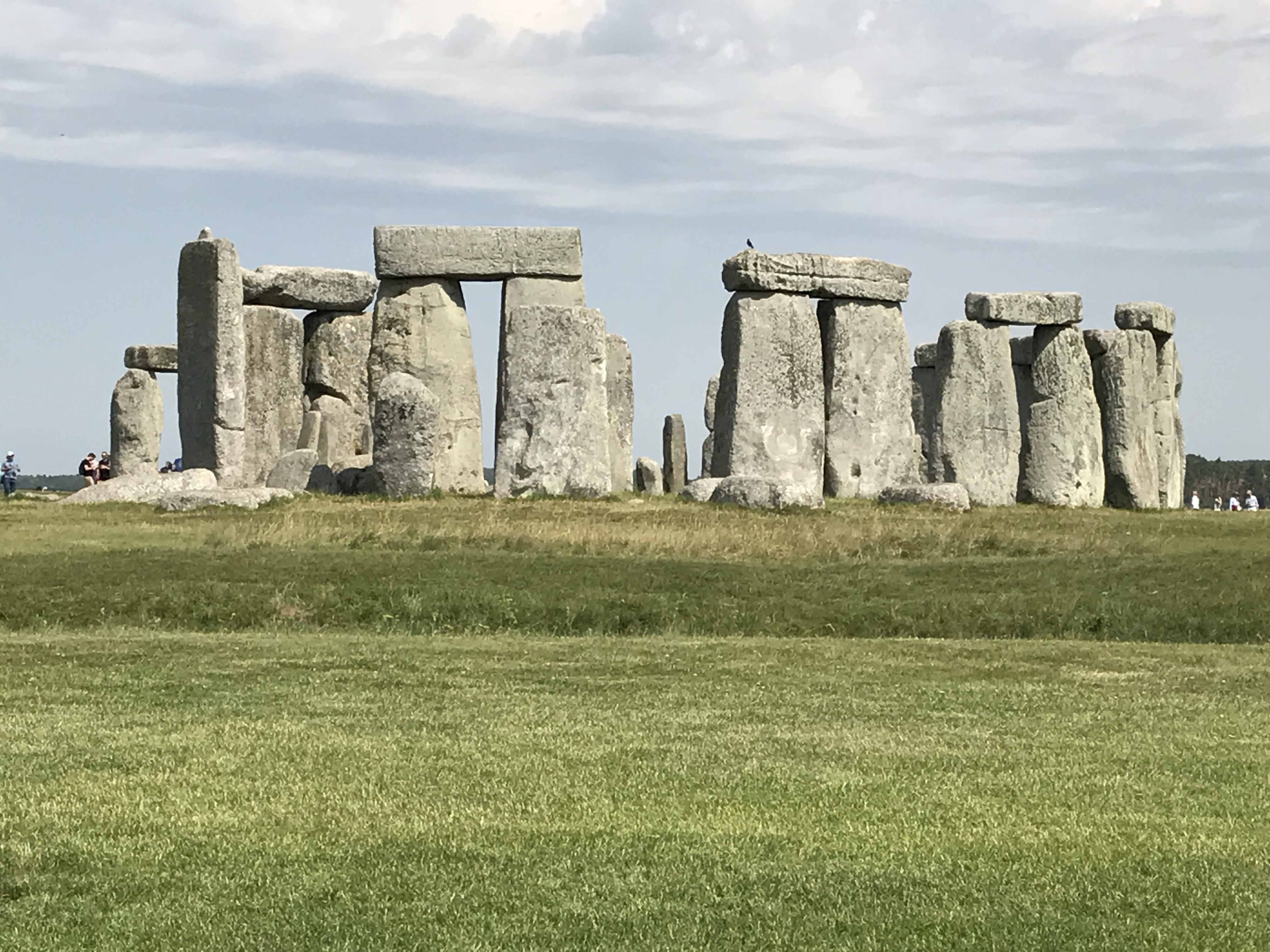We last left Jane Austen at Chawton Cottage, Part 1, Part 2 and Part 3. Jane’s most productive writing periods were pre-Bath (before 1801) and after the move to Chawton in 1809. The first produced Pride and Prejudice, Sense and Sensibility and Northanger Abbey. During the second, she wrote Mansfield Park, Emma and Persuasion. She also began publishing in this Chawton period, beginning with Sense and Sensibility first.
Chawton Cottage was the hub of comfort for the extended Austen family. Here, was Mrs. Austen, the mother of Jane and her siblings and grandmother to their children, and the two beloved maiden aunts, Jane and Cassandra. And, the nieces and nephews came to stay, sometimes for a vacation, sometimes for longer when there was a death in the family and they needed a place to be and someone to cheer them up.
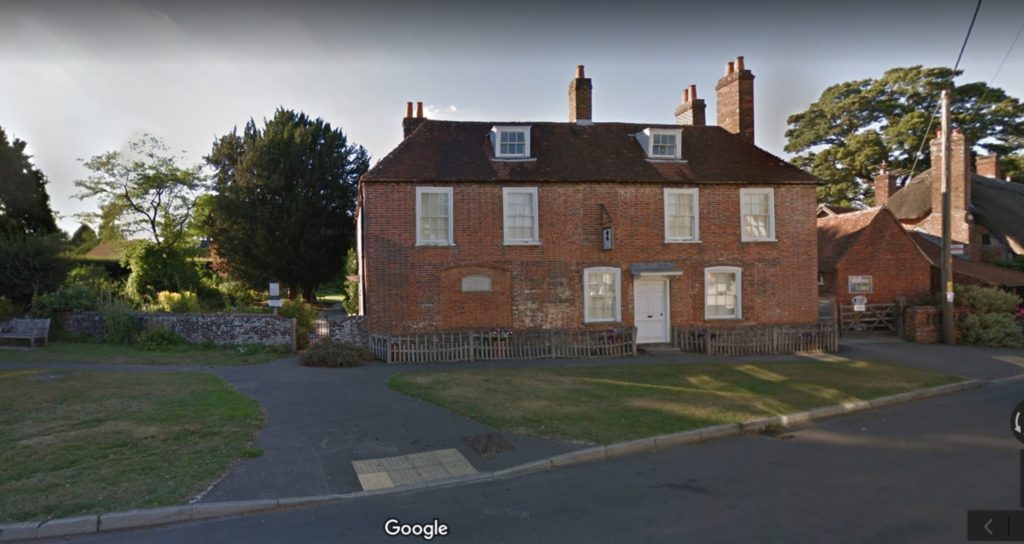
Source: Google Street View

